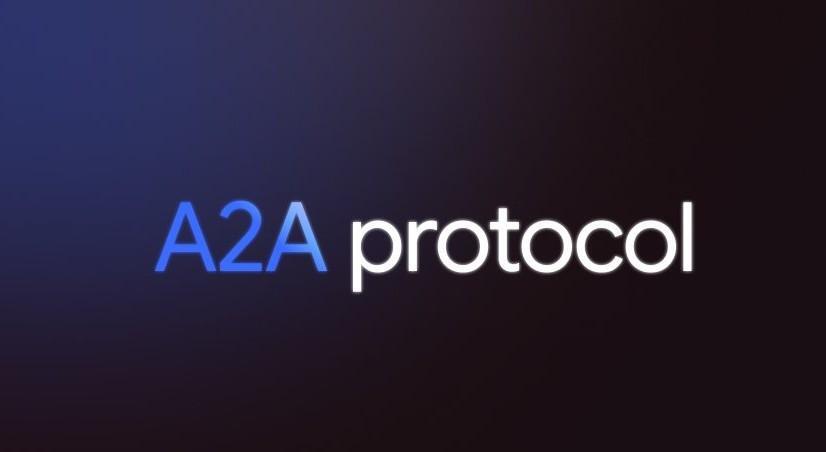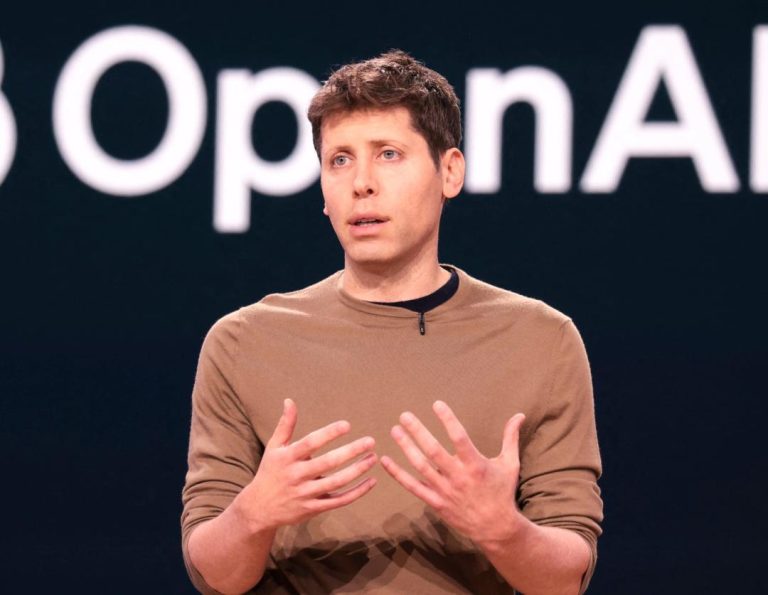
Google Launches A2A Protocol to Enhance AI Agent Synergy
In a significant move to revolutionize the world of Artificial Intelligence (AI), Google has recently launched Agent2Agent (A2A), an open-source protocol that enables AI agents from various systems to work together seamlessly. This groundbreaking protocol allows AI agents to communicate with each other, securely exchange information, and coordinate actions across different enterprise platforms or applications.
The A2A protocol is designed to break down the barriers that have previously hindered the integration of AI agents from different systems. By providing a common language and framework for communication, A2A enables developers to build agents that can connect with any other agent built using the protocol. This newfound interoperability has the potential to unlock a wide range of innovative applications and use cases across industries.
What is Agent2Agent (A2A)?
A2A is an open-source protocol developed by Google that enables AI agents to communicate with each other. The protocol is designed to provide a secure and standardized way for agents to exchange information and coordinate actions. This allows agents to work together seamlessly, even if they are built on different platforms or using different programming languages.
Key Features of A2A
The A2A protocol offers several key features that make it an attractive solution for developers looking to build AI agents that can work together. Some of the key features of A2A include:
- Interoperability: A2A enables agents to communicate with each other, regardless of the platform or programming language used to build them.
- Security: The protocol provides end-to-end encryption and authentication to ensure that information exchanged between agents is secure and trustworthy.
- Flexibility: A2A is designed to be highly flexible, allowing developers to customize the protocol to meet the specific needs of their application.
- Open-source: The A2A protocol is open-source, which means that developers can modify and customize the protocol to suit their needs.
Use Cases for A2A
The A2A protocol has a wide range of potential use cases across industries. Some examples include:
- Customer Service: A2A could be used to enable chatbots from different companies to work together to provide seamless customer service.
- Supply Chain Management: The protocol could be used to enable AI agents from different companies in the supply chain to communicate and coordinate with each other.
- Healthcare: A2A could be used to enable AI agents from different healthcare systems to work together to provide patients with personalized care.
- Financial Services: The protocol could be used to enable AI agents from different financial institutions to communicate and coordinate with each other.
Benefits of A2A
The A2A protocol offers several benefits to developers and organizations. Some of the key benefits include:
- Increased Efficiency: A2A enables agents to work together seamlessly, which can lead to increased efficiency and productivity.
- Improved Accuracy: The protocol provides a standardized way for agents to exchange information, which can lead to improved accuracy and reduced errors.
- Enhanced Collaboration: A2A enables agents to communicate and coordinate with each other, which can lead to enhanced collaboration and decision-making.
Conclusion
The launch of the A2A protocol by Google is a significant milestone in the development of AI agents. The protocol provides a common language and framework for communication, which enables agents to work together seamlessly. With its open-source design and flexible architecture, A2A has the potential to unlock a wide range of innovative applications and use cases across industries. As the AI landscape continues to evolve, it will be exciting to see how developers and organizations use the A2A protocol to build new and innovative applications.
News Source
For more information on the A2A protocol and its potential applications, please visit the official Google blog at:
https://developers.googleblog.com/en/a2a-a-new-era-of-agent-interoperability/






